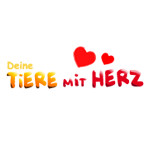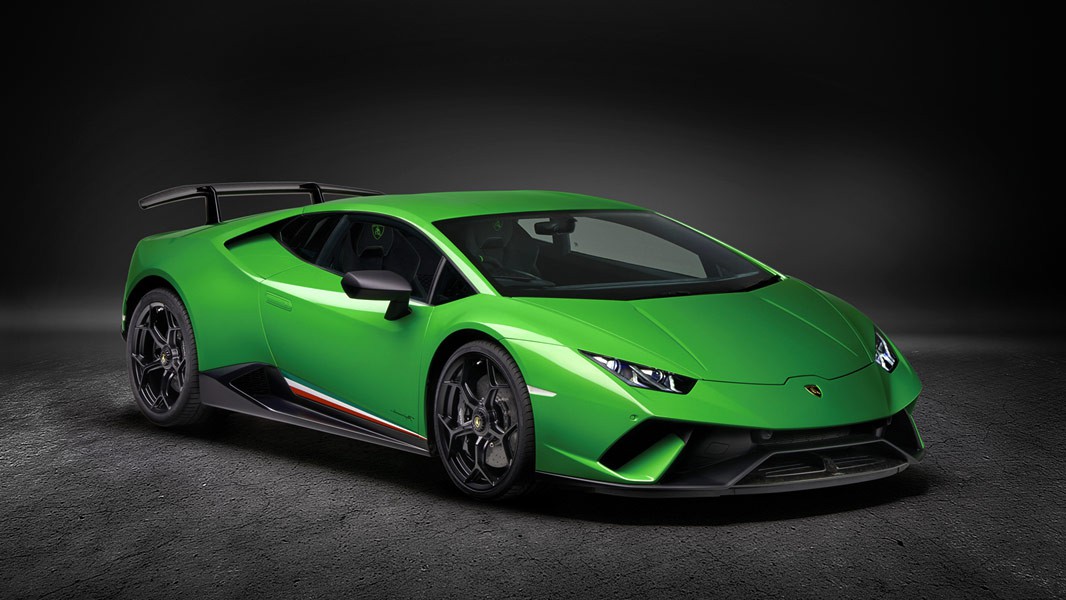Bugatti Royale Roadster Esders 1932: True-to-original, high-quality model car in 1:18 scale, turquoise
This is the finest model replication of the unique Bugatti Roadster Esders. It is a technical masterpiece consisting of over 1,382 single components and 18 different materials. All components are put together piece by piece in loving handiwork. The metal injection-moulded car body can be removed from the chassis, and offers a unique view of the engine, which was nearly 1.50 metres in original size. Special features are the movable and closable dickey seat as well as the front lamps, which can be mounted on request. Consequently the model is complete and as unique as the original already was. The weight of this exceptional model amounts to 1.84 kg. A high-quality wooden plate with mirror is also included as an appropriate parking possibility for this dream model.
Item-no.: 1990TZ68
EAN-Code: 4003402019904
Number (of pieces) in the case: 1
Weight: 4,10 kg
Water-cooled 8 cylinder in-line engine, overhead camshaft, 24 valves, 12.763 litre cubic capacity, maximum power approx. 300 HP at 3,000 rpm, 3-gear transmission, maximum speed approx. 160 km/h, 4,300 wheelbase, 1,600 mm track width, total length over 6 metres, tare weight 3,125 kg; consumption: 40 l/100 km.

Only 6 vehicles of the planned series of 25 Royales were manufactured, and only 3 of these vehicles were sold. One of the Bugatti Royales went to the French textile manufacturer Armand Esders. The Roadster type was handed over to Mr. Armand Esders on 4 April 1932. It was supposed to be the first of 3 Royales which were each sold to one customer. The extraordinary feature of this model was the extravagant colour combination, the dickey seat and the missing headlamps. The missing headlamps were omitted on account of Mr. Esders' attitude that "one may do without headlamps, since he did not drive at night anyway". Already after approx. 2 years the car changed its owner again. To this day it remains a mystery to whom and for what reason. The car body has no longer surfaced up to this day. The Schlumpf brothers, who did not worry about money, later decided to replicate the Esders Roadster in order to exhibit it next to their two other Royales. The Bugatti collection was nationalised after the collapse of the Schlumpf Empire. The Esders project fell by the wayside. Three years later the dream of the Schlumpf brothers was revisited by the management of the museum in Mulhouse. The reconstruction took place over the course of many years only the basis of 6 black-and-white photographs and the original plan from a site study. The extraordinary vehicle was presented for the first time on 27 July 1009 at the Automobile Museum in Mulhouse. A legend which was brought back to life again!









































